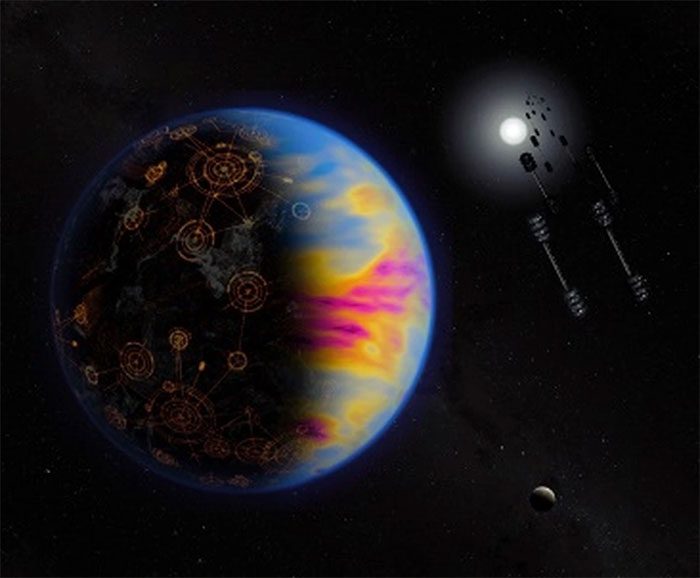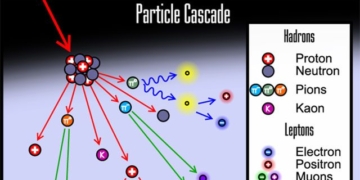In the vast Milky Way, there must be extraterrestrial civilizations scattered throughout. But where are they? A new study suggests they may be so advanced that we are unable to detect them.
Technological “Signatures”
If aliens were to look at Earth, they might see the light reflecting off our solar panels. With this in mind, scientists are using a similar approach to search for extraterrestrial life.
They simulated an Earth-like exoplanet with varying coverage of solar panels and tested whether a modern telescope could detect these panels from a distance of 30 light-years.
The results showed that the telescope could detect these panels, but at a very low level. At least 23% of the planet’s surface would need to be covered by solar panels for them to be detected. Moreover, the telescope would require hundreds of hours to identify the signal after filtering out background noise.
This means that finding advanced civilizations could be just as challenging as finding less advanced ones.

Illustration of a potentially habitable exoplanet, showcasing city lights at night alongside a collection of solar satellites in the sky (Image: NASA/Jay Freidlander).
Rather than waiting for aliens to land on Earth, astronomers are actively searching for signs of life in the universe, such as biosignatures like methane in the atmosphere, or technological signatures like radio wave transmissions.
In the new study, scientists chose solar panels as a technological signature because previous research indicated that these panels reflect ultraviolet light more than other wavelengths.
This not only gives scientists a clearer signal to search for but also makes sense since the sun provides energy for a civilization.
However, the research team found that solar energy is an overly good technological signature.
First, they calculated how much land area would need to be covered by solar panels to generate enough energy to meet our needs, based on 2022 data. The result showed that only 2.4% of the surface area would suffice, even if we relied solely on this energy source without using any others.
According to United Nations estimates, Earth’s peak population will reach 10 billion people, which would only require 3% of land area with solar panels to be sufficient. Even if there were 30 billion people with a high standard of living, less than 9% of land area would be necessary.
Thus, we don’t need to cover 23% of land area with solar panels to connect with extraterrestrial life, making it likely that we won’t find them through this method.
This clearly illustrates the Fermi Paradox, which highlights the inconsistency between the possibility of numerous extraterrestrial civilizations and the lack of clear evidence for their existence.
Where Do We Stand?
The Milky Way is so vast and ancient that statistically, there must be many highly developed civilizations within their own star systems or nearby systems, and at least a few such civilizations should have the capability to traverse the galaxy.
Common explanations for their silence include that Earth is located in a quiet region of our galaxy, or that we simply haven’t searched broadly enough or used the correct methods; or perhaps they are intentionally ignoring us, or most frighteningly, we may truly be alone in the universe.
The aforementioned study adds another possibility.
The lead author of the study, planetary scientist Ravi Kopparapu at NASA’s Goddard Space Flight Center, stated, “it’s possible that civilizations do not feel compelled to expand throughout the galaxy because they can achieve sustainable population and energy use even at very high living standards.
They may expand within their own star system or even in nearby star systems, while civilizations that spread across the galaxy may not exist.”
This is disappointing news for those who favor the idea of hypothetical technological signatures, such as the Dyson Sphere—a hypothetical megastructure that completely surrounds a star and harnesses energy from it.
According to NASA experts, these massive structures designed to harness stellar energy may become outdated in light of technological advancements. Certainly, there could be a social organization capable of placing enormous structures in space that can access nuclear fusion technology or other methods to generate energy efficiently without needing to dominate vast cosmic spaces.




















































